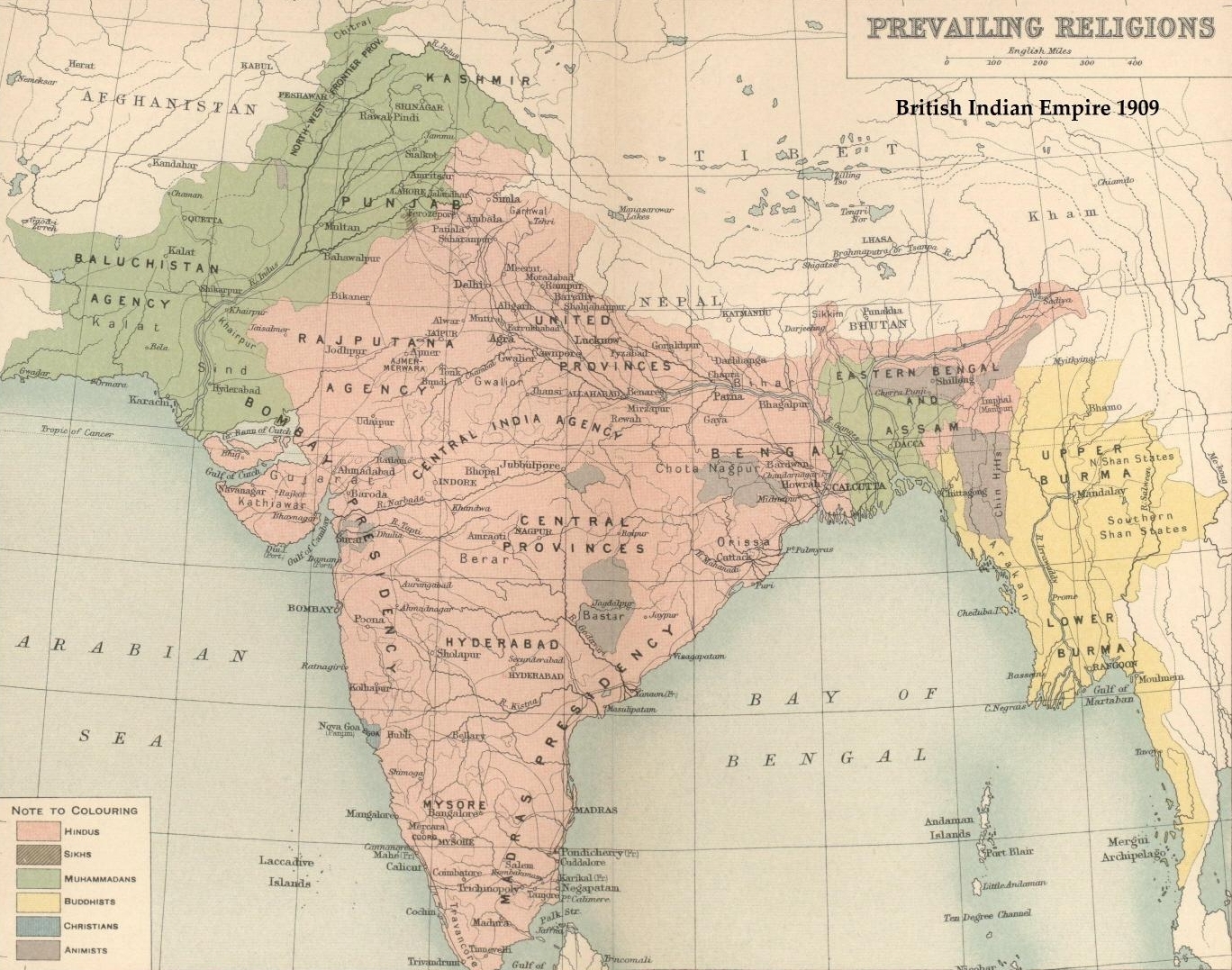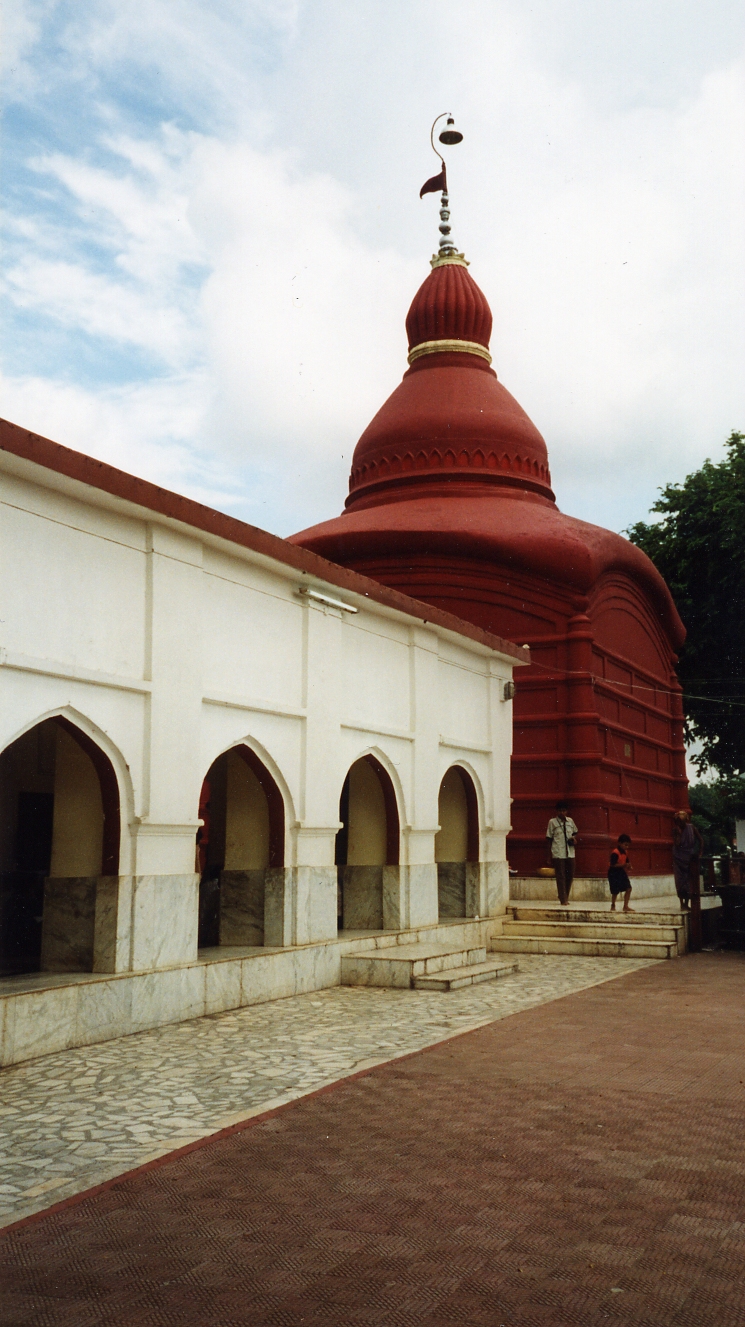|
Military Plans Of The Bangladesh Liberation War
Prior to Bangladesh Liberation War in 1971, India had no plans for large scale military action in East Pakistan. Since the Sino-Indian War of 1962, the primary objective of the Indian Army Eastern Command was the defence of the Indian northern and eastern borders, defending the "Shiliguri Corridor", and on combating insurgencies raging in Mizoram, Nagaland, Manipur and the Naxalites in West Bengal. Since 1948 bulk of the Pakistani armed forces were stationed in West Pakistan and the strategic role of the forces in East Pakistan was to hold out until Pakistan defeated India in the west. The Pakistan Army Eastern Command had planned to defend Dhaka until the last by ultimately concentrating their forces along the "Dhaka Bowl", the area surrounded by the rivers Jamuna, Padma and Meghna. Indian Eastern Command deployments 1971 The Indian army kept parity with Pakistani forces stationed in East Pakistan since 1965, and in 1971 one armoured brigade and one infantry division was depl ... [...More Info...] [...Related Items...] OR: [Wikipedia] [Google] [Baidu] |
Bangladesh Liberation War
The Bangladesh Liberation War ( bn, মুক্তিযুদ্ধ, , also known as the Bangladesh War of Independence, or simply the Liberation War in Bangladesh) was a revolution and War, armed conflict sparked by the rise of the Bengali nationalism, Bengali nationalist and self-determination movement in East Pakistan, which resulted in the independence of Bangladesh. The war began when the Pakistani Military dictatorship, military junta based in West Pakistan—under the orders of Yahya Khan—launched Operation Searchlight against the people of East Pakistan on the night of 25 March 1971, initiating the 1971 Bangladesh genocide, Bangladesh genocide. In response to the violence, members of the Mukti Bahini—a guerrilla resistance movement formed by Bengali military, paramilitary and civilians—launched a mass Guerrilla warfare, guerrilla war against the Pakistani military, liberating numerous towns and cities in the initial months of the conflict. At first, the Pakis ... [...More Info...] [...Related Items...] OR: [Wikipedia] [Google] [Baidu] |
Tripura
Tripura (, Bengali: ) is a state in Northeast India. The third-smallest state in the country, it covers ; and the seventh-least populous state with a population of 36.71 lakh ( 3.67 million). It is bordered by Assam and Mizoram to the east and by Bangladesh to the north, south and west. Tripura is divided into 8 districts and 23 sub-divisions, where Agartala is the capital and the largest city in the state. Tripura has 19 different tribal communities with a majority of the Bengali population. Bengali, English and Kokborok are the state's official languages. The area of modern Tripura — ruled for several centuries by the Manikya Dynasty — was part of the Tripuri Kingdom (also known as Hill Tippera). It became a princely state under the British Raj during its tenure, and acceded to independent India in 1947. It merged with India in 1949 and was designated as a 'Part C State' ( union territory). It became a full-fledged state of India in 1972. Tripura lies in a geographic ... [...More Info...] [...Related Items...] OR: [Wikipedia] [Google] [Baidu] |
Gaibandha
Gaibandha ( bn, গাইবান্ধা) is a town and district headquarters of Gaibandha District in northern Bangladesh. It is a centre of commerce and trade of the Gaibandha District and is located under the Rangpur Division. The area of the city is approximately 10.54 square kilometres. It consists of nine wards. It is certified as a "ka" (A) category Paurasava(municipality). Name The city is named after its eponymous district. There are two opinions about the name of Gaibandha. The most famous opinion is: around five thousand years ago, capital of Matsya Kingdom of King Birat was in Gobindaganj area. "Matsa" means fish and "desh" means country(মাছের দেশ). Fishes were abundant in his kingdom so the term "Matsa Desh" was created. According to Mahabharata, king Birat had 60,000 cows which were frequently robbed by robbers. To protect his cattle from robbers, king Birat established a huge cattle-shed. The cattle were tied up alongside the rivers of this ... [...More Info...] [...Related Items...] OR: [Wikipedia] [Google] [Baidu] |
Bogra
Bogra ( bn, বগুড়া), officially known as Bogura, is a major city located in Bogra District, Rajshahi Division, Bangladesh. The city is a major commercial hub in Northern Bangladesh. It is the second largest city in Rajshahi Division with a population of over 1 million residents. The Bogra bridge connects the Rajshahi Division and Rangpur Division. Bogra is named after Nasiruddin Bughra Khan, the Governor of Bengal from 1279 to 1282 and the son of Delhi Sultan Ghiyasuddin Balban. The city is approximately and is divided into 21 wards. Bogra has a population of around 12,40,000 people. Since it is one of the oldest cities in Bengal, Bogra is famous for its many ancient Buddhist stupas, Hindu temples, and ancient palaces of Buddhist kings and Muslim sultans. The city has produced notable personalities including Prime Minister Muhammad Ali Bogra of Pakistan, President Ziaur Rahman of Bangladesh, both of whom were born or have lived in the city. History Bogra i ... [...More Info...] [...Related Items...] OR: [Wikipedia] [Google] [Baidu] |
Himalayas
The Himalayas, or Himalaya (; ; ), is a mountain range in Asia, separating the plains of the Indian subcontinent from the Tibetan Plateau. The range has some of the planet's highest peaks, including the very highest, Mount Everest. Over 100 peaks exceeding in elevation lie in the Himalayas. By contrast, the highest peak outside Asia (Aconcagua, in the Andes) is tall. The Himalayas abut or cross five countries: Bhutan, India, Nepal, China, and Pakistan. The sovereignty of the range in the Kashmir region is disputed among India, Pakistan, and China. The Himalayan range is bordered on the northwest by the Karakoram and Hindu Kush ranges, on the north by the Tibetan Plateau, and on the south by the Indo-Gangetic Plain. Some of the world's major rivers, the Indus, the Ganges, and the Tsangpo–Brahmaputra, rise in the vicinity of the Himalayas, and their combined drainage basin is home to some 600 million people; 53 million people live in the Himalayas. The Himalayas have ... [...More Info...] [...Related Items...] OR: [Wikipedia] [Google] [Baidu] |
Mukti Bahini
The Mukti Bahini ( bn, মুক্তিবাহিনী, translates as 'freedom fighters', or liberation army), also known as the Bangladesh Forces, was the guerrilla resistance movement consisting of the Bangladeshi military, paramilitary and civilians during the Bangladesh Liberation War, War of Liberation that transformed East Pakistan into Bangladesh in 1971. They were initially called the Mukti Fauj. On 7 March 1971 Sheikh Mujibur Rahman issued a call to the people of East Pakistan to prepare themselves for an all-out struggle. Later that evening resistance demonstrations began, and the military began a full-scale retaliation with Operation Searchlight, which continued through May 1971. A formal military leadership of the resistance was created in April 1971 under the Provisional Government of Bangladesh. The military council was headed by General M. A. G. Osmani''Unconventional Warfare in South Asia: Shadow Warriors and Counterinsurgency'', Gates and Roy, Routledge, 2 ... [...More Info...] [...Related Items...] OR: [Wikipedia] [Google] [Baidu] |
Operation Jackpot
The Operation Jackpot was a codename for three operations undertaken by Bengali ''Mukti Bahini'' in former East Pakistan (now Bangladesh) against the Federation of Pakistan during the climax of the Bangladesh Liberation War.''Surrender at Dacca: Birth of A Nation'', Jacob, Lt. Gen. J. F. R., p. 90 After Pakistan Army drove the Bengali resistance across the Indian border at the conclusion of Operation Searchlight, Indian Army implemented a supply and training operation for the Mukti Bahini from 15 May 1971, with the goal of sending ever increasing number of trained fighters to attack Pakistani forces and sabotage military and economic assets to demoralize the Pakistani soldiers and disrupt their supply network. This enterprise was dubbed "Operation Jackpot". The ''Mukti Bahini'' Naval Commandos launched several sabotage efforts in the cities of Chittagong, Chandpur, Mongla, and the Narayanganj District against the operating combined forces of the Pakistan Soldiers, Pakis ... [...More Info...] [...Related Items...] OR: [Wikipedia] [Google] [Baidu] |
Jessore (city)
Jessore ( bn, যশোর, jôshor, ), officially Jashore, is a city of Jessore District situated in Khulna Division. It is situated in the south-western part of Bangladesh. It is the administrative centre (headquarter) of the eponymous district and the third largest and second developed city in Khulna Division. It is one of the industrious and developed cities in Bangladesh and it is also the second developed city of Khulna Division. Jessore city consists of 9 wards and 73 mahalls. Jashore municipality was established in 1864. The area of the town is 21.15 km2. It has a population of about 2,98,000 according to the record of Jessore municipality. Jessore also has a domestic airport named as Jessore Airport.The city is named after the famous Jeshoreshwari Kali Temple which is a holy Shaktipeeth. History It was the capital of Pratapaditya, the one and only Hindu ruler of the 12 Bhuiyas of Bengal, who had also famously fought against Mughal intrusion in East Bengal. He was d ... [...More Info...] [...Related Items...] OR: [Wikipedia] [Google] [Baidu] |
Rangpur, Bangladesh
Rangpur (, ; bn, রংপুর , Rongpur, City of Colour) is one of the major cities in Bangladesh and Rangpur Division. Rangpur was declared a district headquarters on December 16, 1769, and established as a municipality in 1869, making it one of the oldest municipalities in Bangladesh. The municipal office building was erected in 1892 under the precedence Raja Janaki Ballav, Senior Chairman of the municipality. In 1890, the Shyamasundari canal was excavated for the improvement of the town. Sharfuddin Ahmed Jhantu was first mayor of Rangpur City Corporation. Now Rangpur City Corporation is the 2nd largest city corporation in Bangladesh. it's about 205 square kilometres. Rangpur is famous for Shataranji, Haribhanga (mango), Rangpur (fruit) and tobacco. Rangpur is called Baher Desh. Rangpur, a city of history and heritage is located in the northwestern part of Bangladesh. Begum Rokeya University and Rangpur Cadet College are situated in the southern part of the city. Pr ... [...More Info...] [...Related Items...] OR: [Wikipedia] [Google] [Baidu] |



.jpg)